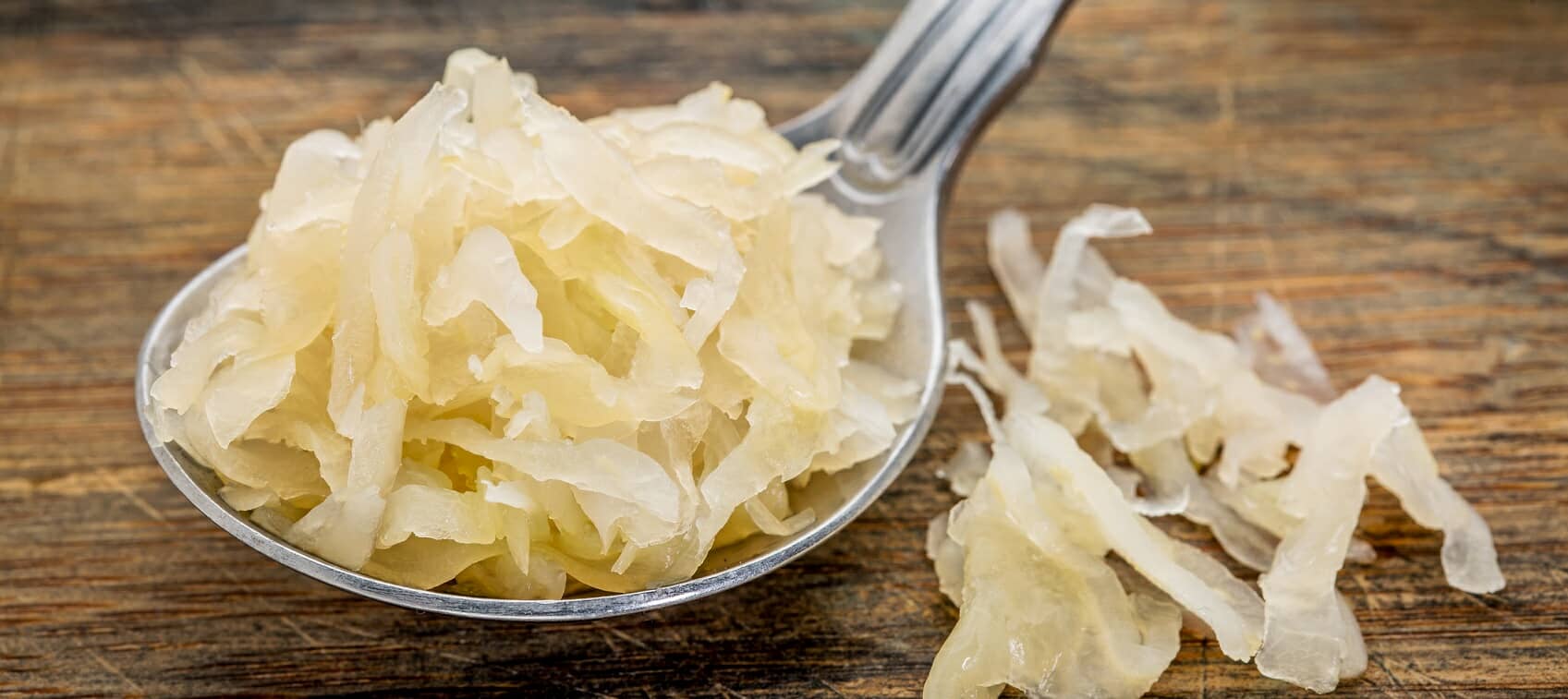
When we think about microflora and restoring gut bacteria, probiotic supplements are generally the first thing that comes to mind—but that’s just one thing that needs to be considered. You could take a boatload of probiotics, but it wouldn’t do much good if your lifestyle continues to include habits that damage gut bacteria, such as taking antibiotics and drinking highly chlorinated water.
The beneficial microflora in and on your body need a stable environment in which to grow and flourish. We know that the ideal pH in the colon should be between 6.7 and 6.9. A pH of 7 is neutral—anything lower than 7 is acidic and anything above 7 is alkaline. The colon needs to be slightly acidic, which inhibits the growth of undesirable bacteria like Salmonella, Shigella, and E. coli.
The best way to restore beneficial bacteria in the gut is to create acidity, which promotes the growth of various Lactobacillus bacteria—the ones with well-known beneficial effects. Here are a few simple yet effective ways to accomplish this.
Traditional Fermented Foods
One of the best things you can do to enhance and improve gut flora is to regularly eat foods that contain a lot of friendly probiotic bacteria—specifically traditional fermented foods. You may also hear these dishes be referred to as "probiotic foods."
Traditional fermented foods are rich in beneficial lactic acid-producing bacteria. These bacteria are what naturally make milk products go sour and cause vegetables to ferment. In the digestive tract, these bacteria help ferment carbohydrates that we, as human beings, cannot digest. The byproducts from this process help keep the gut acidic, which prevents harmful organisms from being able to grow while good gut bacteria more firmly establish themselves. Pickled vegetables, fermented milk products, kefir, and fermented soy products are some examples of traditional fermented foods.
Consuming naturally fermented foods not only supplies the gut with more of these desirable microorganisms, but the extra acidity they create helps to support the bacteria that are already there. I find the best way to regularly include fermented foods in your diet is to make your own. Also remember, when adding traditional fermented foods to your meals, the key is to eat a small portion of them every day. Once or twice a day with meals is best.

Probiotic Supplements
Although eating fermented foods is the most natural way to get the benefits of probiotic bacteria and improve gut flora, many people find it difficult consume fermented foods on a consistent basis, or they simply don't care for the taste of them. An effective alternative is to take a probiotic supplement.
Probiotic supplements are a convenient way to deliver additional beneficial bacteria to the gut because they don't require any cooking or meal planning, plus they're easy to take with you if you're going out for dinner or on a trip. The only catch is making sure you choose the right product.
Lactic Acid Yeast Wafers
For most people, taking a probiotic supplement and/or eating more traditional fermented foods will be enough to increase the number of beneficial microorganisms in the gut. These bacteria will then start to ferment more soluble fiber into products like butyric acid, acetic acid, lactic acid, and propionic acid, which in turn provide energy and improve our ability to absorb minerals, vitamins, and fat.
For some individuals, however, restoring the the intestinal microflora to adequate levels requires an additional step. For decades, I’ve used a product called Lactic Acid Yeast by Standard Process Laboratories. Lactic acid yeast wafers work the same way fermented foods do, in that they help restore the bacterial flora of the lower bowel. Lactic acid yeast is a modified form of brewer’s yeast that works in your intestines to produce significant amounts of lactic acid. The additional acid stops the growth of harmful bacteria while allowing good gut bacteria to flourish. It works rather quickly, and when followed up with a probiotic supplement, the results can be amazing.
I suggest chewing one lactic acid yeast wafer with each meal. In most cases, the product will only be needed for five to seven days. During this time, I would also continue taking a supplement.
Getting the Balance Correct
At this point in time, we don’t know what the perfect ratio of specific species of bacteria and other organisms should be within the body. We probably never will know and, to be honest, the percentages will likely vary depending on age, pH, diet, digestive enzymes, climate and season, body composition, etc.
Some researchers suggest that the lower intestine should contain 85 percent friendly bacteria to prevent the over-colonization of microorganisms like E. coli or Salmonella. And as long as the bad bacteria percentage remains at or below 15 percent, then the body can remain healthy.
It's hard for me to accept this idea. We are just starting to understand the beneficial and protective role some forms of the bad bacteria play in keeping us disease-free. But rather than get caught up in determining the perfect mix of bacteria and microflora to restore gut bacteria, we first need to focus on creating the perfect environment for healthy microflora to survive.


